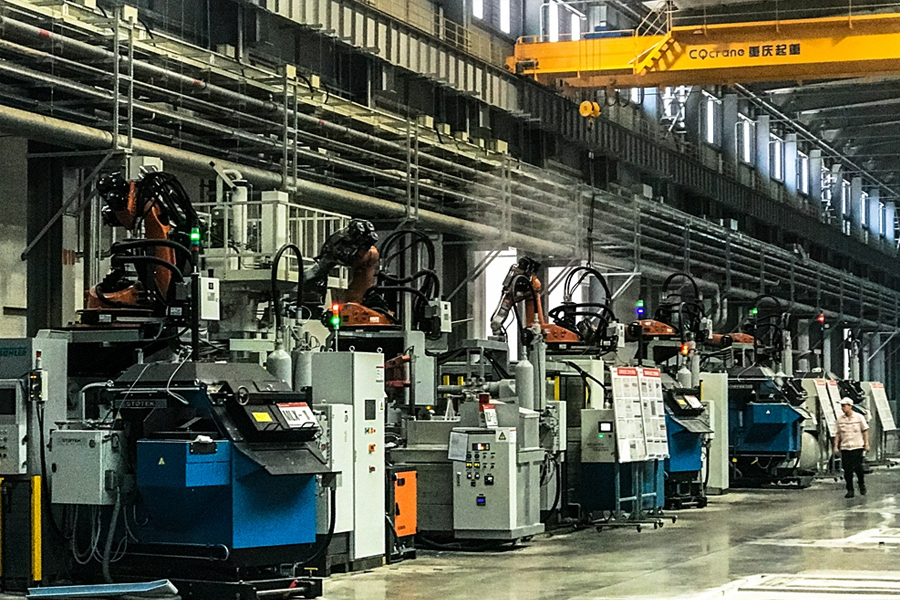With the progress of society, the development of science and technology, and the qualitative leap in quality of life brought by the improvement of living standards, many people are thinking about how to improve the quality, and the process is also the same. The better the process, the more market demand will be The more, the higher the benefit. What are the processing techniques of aluminum casing cnc? Let’s take a look!
With the progress of society, the development of science and technology, and the qualitative leap in quality of life brought by the improvement of living standards, many people are thinking about how to improve the quality, and the process is also the same. The better the process, the more market demand will be The more, the higher the benefit. What are the china cnc machining techniques of aluminum casing cnc? Let’s take a look!
Aluminum shell CNC machining aluminum parts
1. Reasonably choose the amount of cutting.
The staff chooses the cutting speed to use according to the material to be processed, hardness, cutting status, type of material, cutting depth, etc. These conditions are ideal conditions to effectively protect the machine from wear and tear.
Three elements of cutting conditions: cutting speed, feed rate and cutting depth directly cause tool damage. As the cutting speed increases, the tool tip temperature will rise, and mechanical, chemical, and thermal wear will occur. Cutting speed increased by 20%, tool life will be reduced by 1/2.
The relationship between the feed conditions and the wear on the back of the tool occurs within a very small range. However, the feed rate is large, the cutting temperature rises, and the rear wear is large. It has less influence on the tool than the cutting speed. Although the depth of cut has no effect on the cutting tool and the feed rate is large, when cutting at a small depth of cut, the hardened layer of the material being cut will also affect the life of the tool.
The user should select the cutting speed to be used according to the processed material, hardness, cutting status, material type, feed rate, cutting depth, etc.
The selection of suitable processing conditions is selected on the basis of these factors. Regular, stable wear and tear to reach the life is the ideal condition.
2. Choose the right tool.
When roughing, generally speaking, it is better to choose a tool with high strength and durability, so that it can better meet the requirements of roughing.
How to choose the cutting tool reasonably? How many factors are there in cutting usage? Are there cutters of several materials? How to determine the speed, cutting speed and cutting width of the tool?
- ①When face milling, you should choose non-reground carbide end mill or end mill. In general milling, the second pass is used as much as possible. The first pass of di is easy to use rough milling with an end mill to continuously pass along the surface of the workpiece.
- ②End mills and end mills with carbide inserts are mainly used for machining bosses, grooves and box surfaces.
- ③Ball knives and round knives (also known as round nose knives) are often used to process curved surfaces and contours with varying angles. The ball cutter is mostly used for semi-finishing and finishing.
3. Choose a reasonable fixture.
The parts should fully meet the needs of the machine to reduce unnecessary positioning errors, so it is better to choose special fixture clamping tools. The processing route is the movement path and direction of the tool relative to the part during the processing of the index-controlled machine tool.
- ① It should be able to ensure the processing accuracy and surface roughness requirements;
- ②Should shorten the processing route as much as possible to reduce the tool empty travel time.
4. Determine the processing route before working. Try to shorten the machine processing route to reduce machine wear.
The skill requirement of CNC machining technology is that the control system can logically process the program specified by the control code or other symbolic instructions, and decode it through the computer, so that the machine tool moves and processes the parts. The blanks are processed into semi-finished finished parts etc. through tool cutting.
